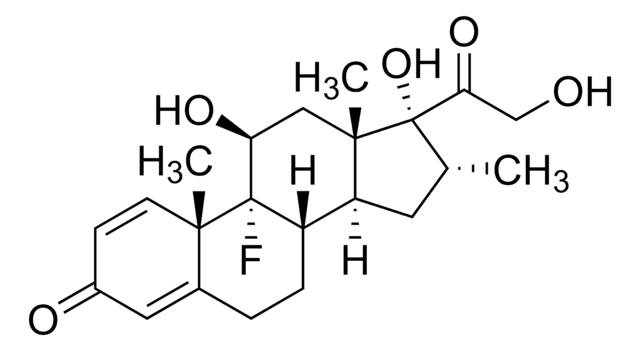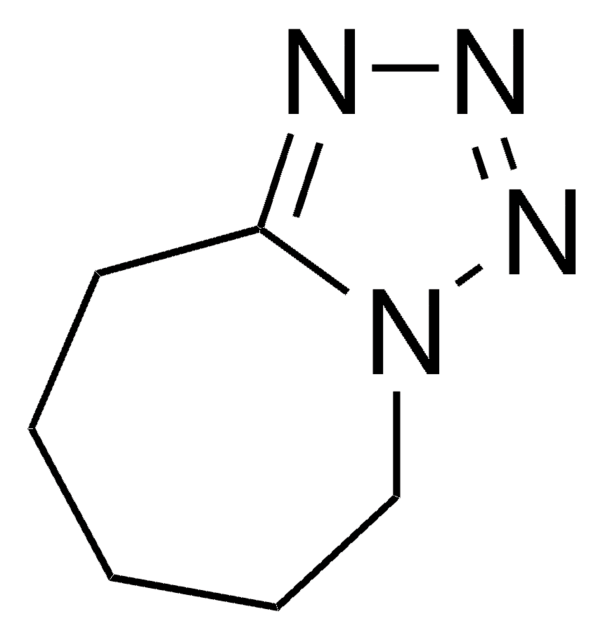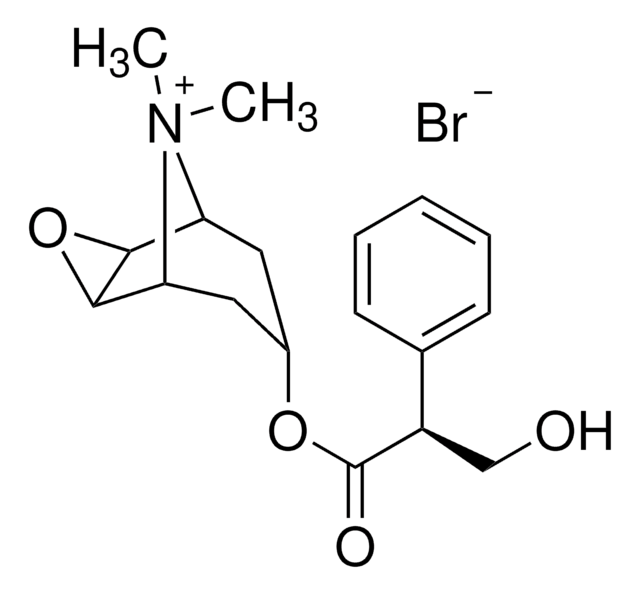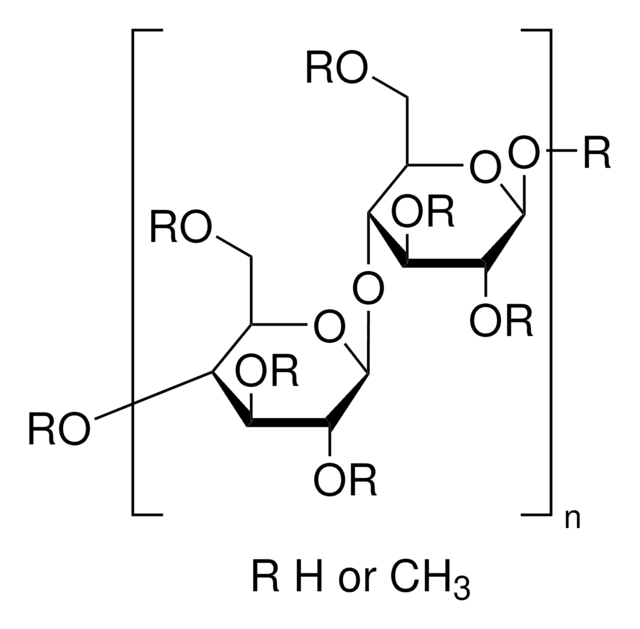P6503
Pilocarpine hydrochloride
≥99% (titration), powder
Synonym(s):
(3S,4R)-4,5-Dihydro-3-ethyl-4-(1-methyl-1H-imidazol-5-ylmethyl)-2(3H)-furanone hydrochloride
About This Item
Recommended Products
Quality Level
assay
≥99% (titration)
form
powder
technique(s)
HPLC: suitable
gas chromatography (GC): suitable
color
white
mp
202-205 °C (lit.)
solubility
H2O: 100 mg/mL
application(s)
forensics and toxicology
veterinary
relevant disease(s)
epilepsy
SMILES string
Cl.CC[C@H]1[C@H](COC1=O)Cc2cncn2C
InChI
1S/C11H16N2O2.ClH/c1-3-10-8(6-15-11(10)14)4-9-5-12-7-13(9)2;/h5,7-8,10H,3-4,6H2,1-2H3;1H/t8-,10-;/m0./s1
InChI key
RNAICSBVACLLGM-GNAZCLTHSA-N
Gene Information
human ... CHRM1(1128) , CHRM2(1129) , CHRM3(1131) , CHRM4(1132) , CHRM5(1133)
Looking for similar products? Visit Product Comparison Guide
Related Categories
Application
Biochem/physiol Actions
Features and Benefits
Caution
Other Notes
signalword
Danger
hcodes
Hazard Classifications
Acute Tox. 2 Inhalation - Acute Tox. 2 Oral
Storage Class
6.1A - Combustible, acute toxic Cat. 1 and 2 / very toxic hazardous materials
wgk_germany
WGK 3
Certificates of Analysis (COA)
Search for Certificates of Analysis (COA) by entering the products Lot/Batch Number. Lot and Batch Numbers can be found on a product’s label following the words ‘Lot’ or ‘Batch’.
Already Own This Product?
Find documentation for the products that you have recently purchased in the Document Library.
Customers Also Viewed
Related Content
Discover Bioactive Small Molecules for ADME/Tox
DISCOVER Bioactive Small Molecules for Neuroscience
Our team of scientists has experience in all areas of research including Life Science, Material Science, Chemical Synthesis, Chromatography, Analytical and many others.
Contact Technical Service






